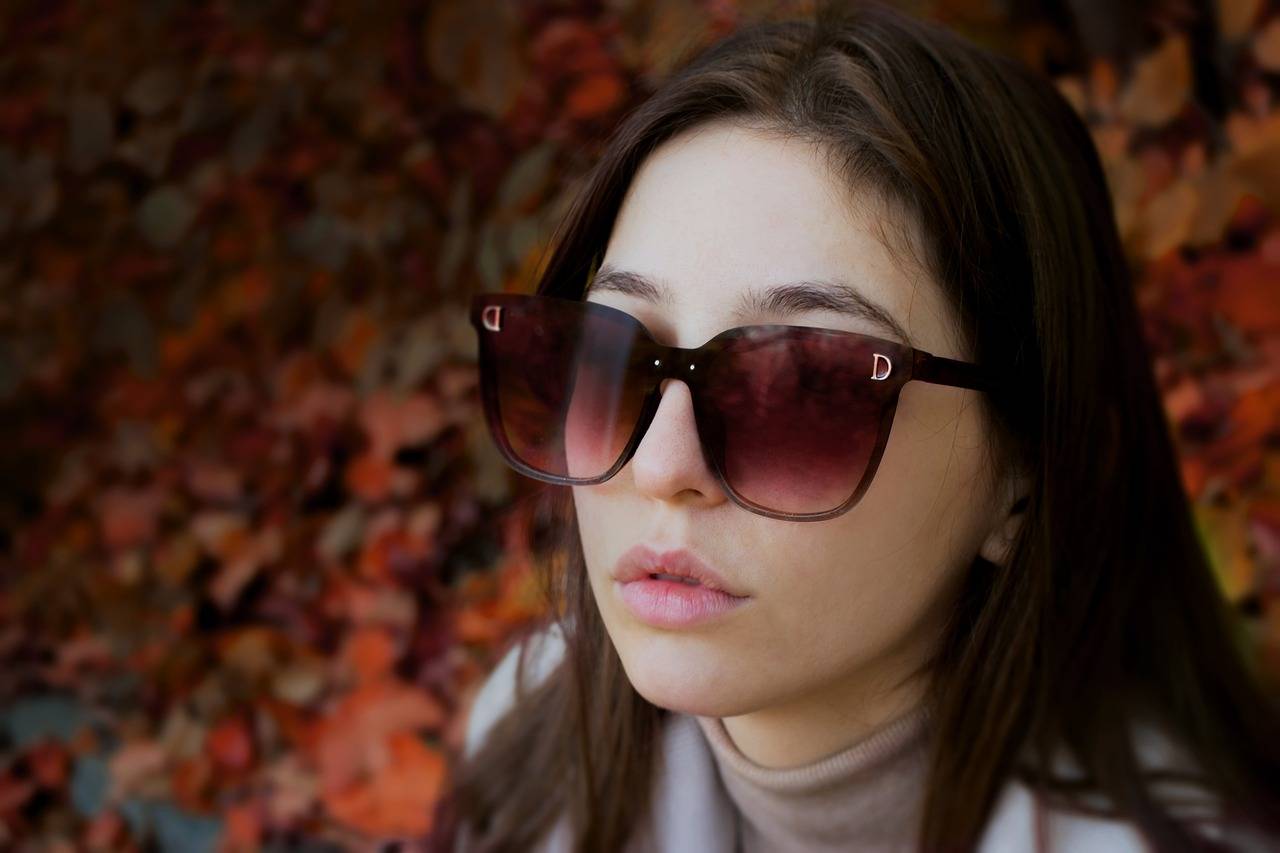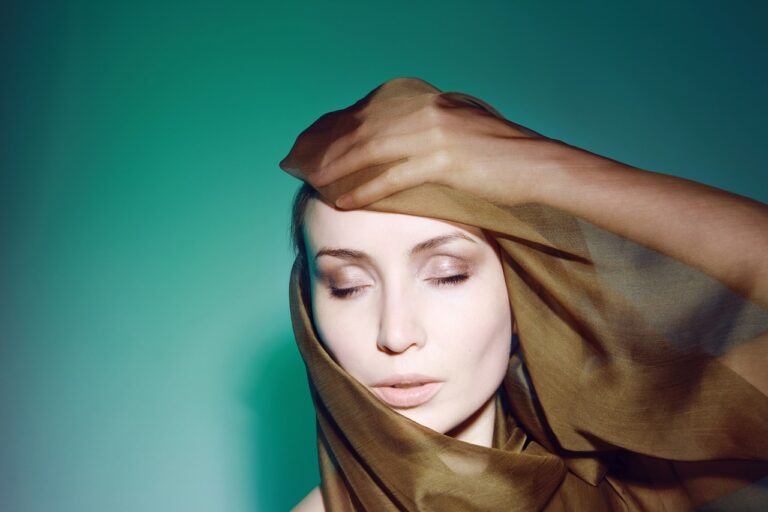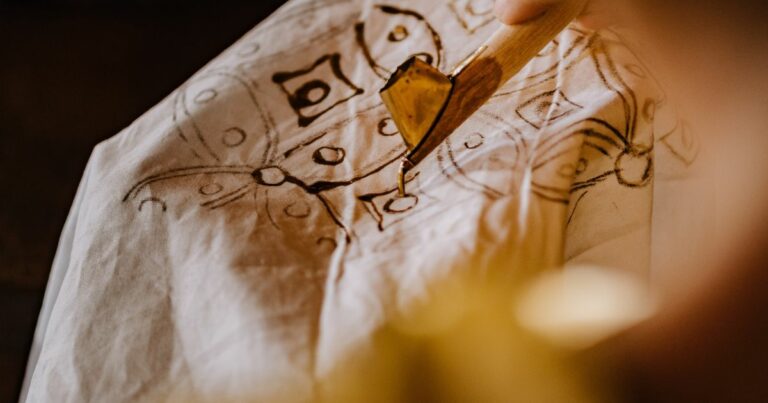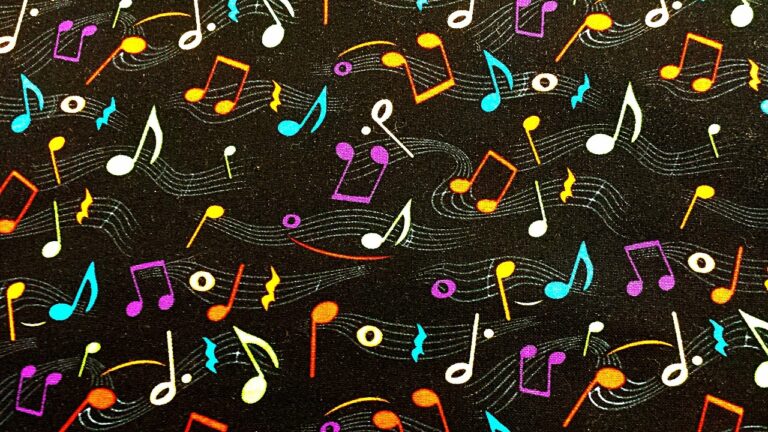Exploring Color Trends in Fashion
Color plays a significant role in the world of fashion, with each hue evoking different emotions and perceptions. Designers strategically choose colors in their collections to convey specific messages or elicit certain reactions from consumers. For example, red is often associated with passion and energy, while blue can symbolize tranquility and trust.
In addition to evoking emotions, colors can also influence how consumers perceive a brand’s identity and quality. Brands like Tiffany & Co. have successfully capitalized on the association of their signature blue color with luxury and sophistication. Furthermore, color can be used to attract attention and create a sense of urgency in marketing campaigns, ultimately impacting consumers’ purchasing decisions.
The Impact of Color on Consumer Behavior
Color plays a significant role in influencing consumer behavior when it comes to making purchasing decisions. Companies strategically utilize color psychology in their branding and marketing strategies to evoke specific emotions and responses from their target audience. Different colors are associated with various feelings and perceptions, which can impact how consumers perceive a product or brand.
For example, the color red is often used to create a sense of urgency or excitement, which can encourage impulse purchases. In contrast, blue is commonly associated with trust and reliability, making it a popular choice for businesses wanting to convey a sense of professionalism and dependability. By understanding the psychological effects of different colors, companies can tailor their branding efforts to resonate with consumers on a subconscious level, ultimately influencing their buying behavior.
How does color psychology influence consumer behavior in the fashion industry?
Color psychology plays a significant role in the fashion industry as different colors can evoke specific emotions and perceptions in consumers. For example, red is often associated with passion and energy, while blue conveys trust and reliability.
Can the color of a product packaging affect a consumer’s purchasing decision?
Yes, the color of product packaging can have a direct impact on a consumer’s purchasing decision. Bright and bold colors may attract attention and create a sense of urgency, while softer colors can convey a sense of luxury or sophistication.
Are there certain colors that are universally preferred by consumers?
While preferences for specific colors can vary among individuals and cultures, research has shown that certain colors, such as blue and green, tend to be universally liked. These colors are often associated with feelings of calmness and harmony.
How can businesses use color to enhance their marketing strategies?
Businesses can use color strategically in their marketing strategies to evoke specific emotions and create brand recognition. For example, fast-food chains often use red and yellow to stimulate appetite and create a sense of urgency, while luxury brands may use black and gold to convey sophistication and exclusivity.






